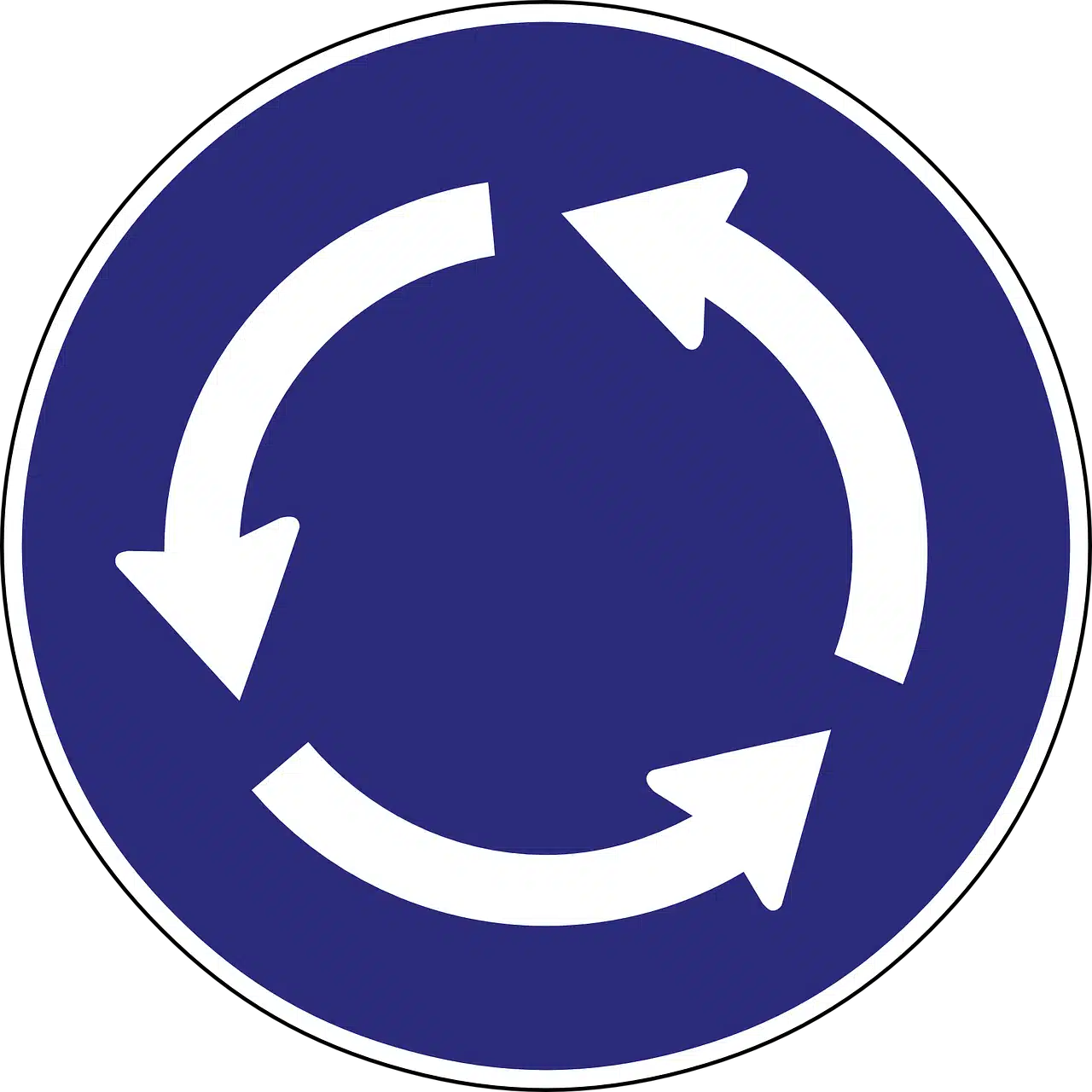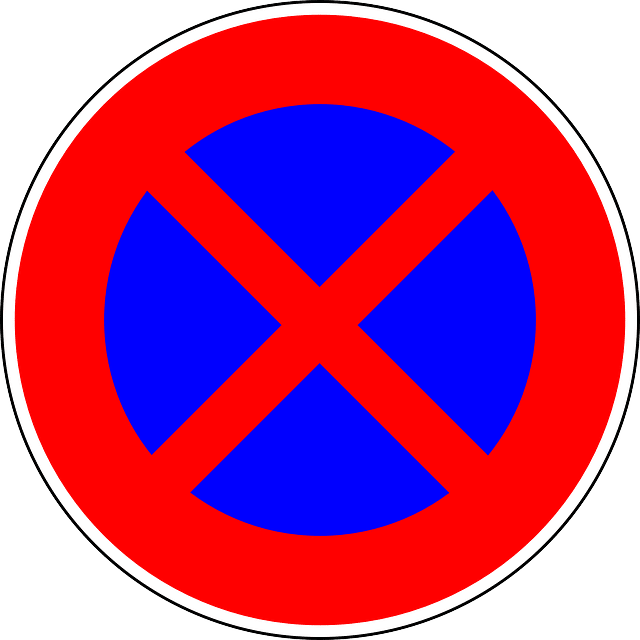
What are Mini Roundabouts?
Definition of Mini Roundabouts
Mini roundabouts are small circular intersections that are used to manage traffic flow in areas with low traffic volumes. They are typically found in residential areas and are designed to reduce the speed of vehicles and improve safety for pedestrians and cyclists.
Purpose and Benefits of Mini Roundabouts
Mini roundabouts are beneficial for both drivers and pedestrians. They reduce the speed of vehicles, improve visibility for drivers, and reduce the number of collisions. They also improve safety for pedestrians and cyclists by providing a safe crossing point. Additionally, mini roundabouts can improve traffic flow in areas with low traffic volumes.
- Reduced Speed of Vehicles: Mini roundabouts are designed to slow down vehicles as they approach the intersection. This helps to reduce the risk of accidents and improves safety for all road users.
- Improved Visibility for Drivers: The central island in a mini roundabout helps to improve visibility for drivers. It separates the lanes of traffic and allows drivers to see approaching vehicles more easily, reducing the risk of collisions.
- Reduced Number of Collisions: Mini roundabouts have been found to reduce the number of collisions compared to traditional intersections. The slower speeds and improved visibility contribute to this reduction in accidents.
- Improved Safety for Pedestrians and Cyclists: Mini roundabouts provide a safe crossing point for pedestrians and cyclists. The central island acts as a refuge, allowing pedestrians and cyclists to cross one lane of traffic at a time, reducing the risk of accidents.
- Improved Traffic Flow: Mini roundabouts can help to improve traffic flow in areas with low traffic volumes. They provide a continuous flow of traffic, reducing the need for vehicles to stop and wait at intersections. This can help to reduce congestion and improve overall efficiency on the roads.
How to Approach a Mini Roundabout
Approaching a Mini Roundabout
When approaching a mini roundabout, it is important to use the MSPSL routine (Mirror, Signal, Position, Speed, Look) as per other junctions. It is important to follow these guidelines to ensure a safe and smooth navigation. This includes selecting the correct lane, reducing speed, signalling appropriately, and positioning your vehicle correctly.
Correct Signal Signalling correctly is crucial when approaching a mini roundabout to communicate your intentions to other road users. If you plan to turn left at the roundabout, you should signal left. Similarly, if you intend to turn right, you should signal right. When going straight ahead, there is no need to signal on approach.
Correct Position Positioning your vehicle correctly when approaching a mini roundabout is important for smooth and safe navigation. If you are turning left, keep to the left-hand side of the lane. If you are turning right or going full circle, position your vehicle on the right-hand side of the lane. When taking any intermediate exit, select the appropriate lane on approach to the roundabout. It is important to avoid entering the roundabout if you are unable to completely clear the crossing. Additionally, be mindful of other road users and ensure that you maintain a safe distance from other vehicles. Make sure you attempt to go around the centre circle marking and not cut onto the opposite lane too soon.
Correct Speed It is important to approach the mini roundabout at a reduced speed and be ready to come to a complete stop if necessary. Reducing your speed when approaching a mini roundabout is essential for safe navigation. By slowing down, you give yourself more time to observe the traffic and make the correct decisions. The appropriate speed to approach a mini roundabout is one that is suitable for the prevailing conditions. This means adjusting your speed based on factors such as visibility, road surface conditions, and the presence of other vehicles or pedestrians.
By following these guidelines for approaching a mini roundabout, you can ensure a safe and efficient navigation through these common features of the UK road network. Remember to always be aware of road signs and markings, use your mirrors, and make early and clear signals to communicate your intentions to other drivers.
Potential Hazards to Look Out For When Exiting a Mini Roundabout
When exiting a mini roundabout, it is crucial to be aware of potential hazards that may arise. These hazards can include:
- Other vehicles: Be cautious of other vehicles on the roundabout, especially those approaching from different directions. Always give way to vehicles already on the roundabout and be prepared for sudden movements or lane changes.
- Pedestrians: Watch out for pedestrians crossing the road, particularly at designated crossings near the roundabout. Be prepared to stop and give way to pedestrians as necessary.
- Cyclists: Be mindful of cyclists who may be sharing the road with you. Give them enough space and be prepared for their movements, especially when exiting the roundabout.
- Animals: In some areas, wildlife may be present near or on the road. Be cautious of any animals that may unexpectedly cross your path, especially when exiting the roundabout.
- Road signs and markings: Pay attention to any road signs or markings that may indicate specific rules or instructions for the roundabout. These signs and markings can provide valuable information to help you navigate the roundabout safely.
By being aware of these potential hazards, you can take appropriate precautions and make informed decisions when exiting a mini roundabout, ensuring the safety of yourself and others on the road.
Markings on the Road at Mini Roundabouts
- The road at a mini roundabout will be marked with a central island and a series of white lines.
- The central island is marked with a white circle, which indicates the centre of the roundabout.
- Drivers should pass the central island on the left and stay within the white lines when navigating the roundabout.
Importance of Following Road Signs and Markings at Mini Roundabouts
- Following road signs and markings at mini roundabouts is crucial for the safety of all road users.
- By obeying the ‘Give Way’ sign, drivers can avoid collisions and allow for a smooth flow of traffic.
- Adhering to signs such as ‘No Entry’ or ‘No U-Turns’ prevents drivers from entering the roundabout when it is not safe to do so, reducing the risk of accidents.
- Staying within the designated lanes marked by the white lines and arrows helps prevent confusion and ensures that drivers navigate the roundabout correctly.
- Overall, following road signs and markings at mini roundabouts promotes safe and efficient travel for all road users.
Double Mini Roundabouts
Procedure for Turning Left at Double Mini Roundabouts
When turning left at a double mini roundabout, drivers should apply the same priorities as they would for a single mini roundabout. It is essential to signal left on the approach to the first mini roundabout if turning left. If turning left at the second mini roundabout then do not signal on approach to the first mini roundabout unless there is not an exit to the left before entering the second mini roundabout. Once you approach or enter the second mini roundabout you should signal left. By indicating left as early as possible, drivers allow vehicles at the second roundabout to anticipate their intended direction.
To turn left at a double mini roundabout, drivers should approach in the left-hand lane. They should give way to traffic already on the roundabout and then turn left onto the second mini roundabout. After turning, drivers should continue in the left-hand lane and give way to any traffic already on the roundabout before exiting.
Potential Hazards and Challenges of Navigating Double Mini Roundabouts
Navigating double mini roundabouts can present several potential hazards and challenges. It is important for drivers to be aware of these to ensure their safety and the safety of others on the road. Some of the potential hazards and challenges include:
- Traffic crossing in front of drivers on the roundabout: Drivers should be cautious of vehicles crossing their path while navigating the roundabout. They should always give way to vehicles already on the roundabout and be prepared to stop if necessary.
- Traffic straddling lanes or positioned incorrectly: Some drivers may not use the correct lane or position themselves incorrectly on the roundabout. This can lead to confusion and potential collisions. It is important for drivers to be vigilant and anticipate the actions of other road users.
- Motorcyclists: Motorcyclists may be present on the roundabout, and drivers should be aware of their presence. Motorcycles are smaller and more manoeuvrable than cars, so drivers should give them extra space and be cautious when changing lanes or merging.
- Long vehicles (including those towing trailers): Long vehicles, such as trucks or vehicles towing trailers, may require more space to navigate the roundabout. Drivers should be patient and give these vehicles ample room to manoeuvre.
- Pedestrians crossing the approach and exit roads: Pedestrians may be crossing the roads leading to and from the roundabout. Drivers should be observant and yield to pedestrians, ensuring their safety.
Tips for Driving Safely on Mini Roundabouts
Best practices for Approaching, Navigating, and Exiting Mini Roundabouts:
- Approaching the Mini Roundabout:
- Look out for road signs and markings on the approach.
- Use the MSPSL routine (Mirror, Signal, Position, Speed, Look) on the approach.
- Position your vehicle as early as possible and signal early on.
- Slow down to 10-15mph and be in 2nd gear when approaching mini roundabouts.
- Give way to traffic approaching from the right.
- Indicate when turning left or right.
- cheque the interior mirror on approach.
- Navigating the Mini Roundabout:
- Avoid driving over the centre circle of the mini roundabout.
- Avoid driving over hatch markings on or near the roundabout.
- Keep to the left of the central island.
- Maintain a safe speed.
- Be aware of other vehicles on the roundabout and give way to traffic already on the roundabout.
- Overtaking on a mini roundabout is prohibited.
- Stopping on a mini roundabout is not allowed.
- Drivers must not enter a mini roundabout if they are unsure of the correct exit.
- Exiting the Mini Roundabout:
- Check interior and left door mirror.
- Indicate left when exiting the roundabout.
Importance of Professional Driving Lessons and Guidance for Mastering Mini Roundabouts
Professional driving lessons are essential for mastering the skills required to navigate mini roundabouts. A driving instructor can provide expert guidance and feedback, helping you to develop the necessary techniques and confidence to navigate mini roundabouts safely and effectively. They can also help you understand the rules and regulations for navigating mini roundabouts, ensuring that you are aware of the correct procedures and priorities. With the guidance of a professional driving instructor, you can gain valuable experience and build the necessary skills to confidently navigate mini roundabouts on your own.



